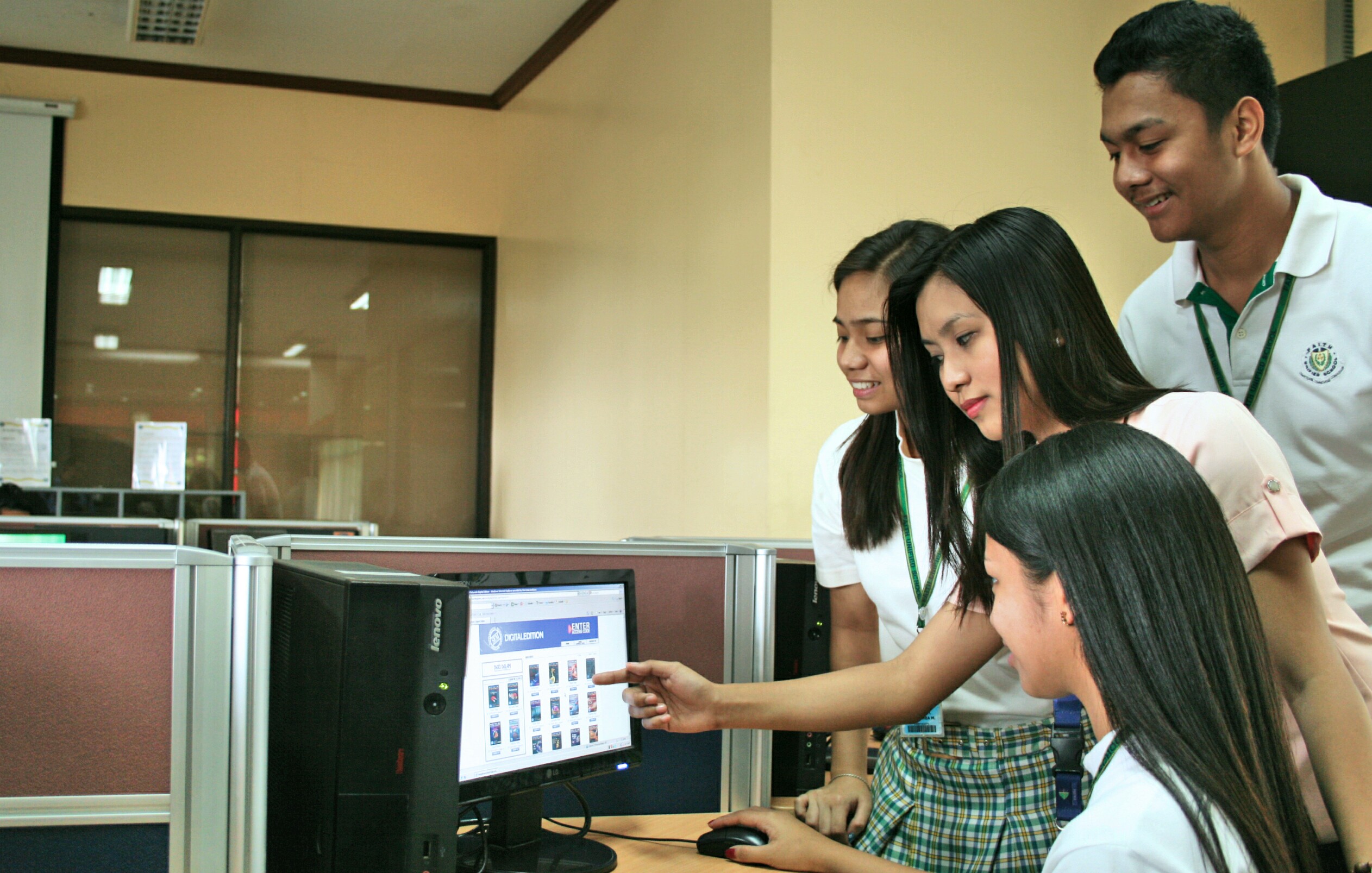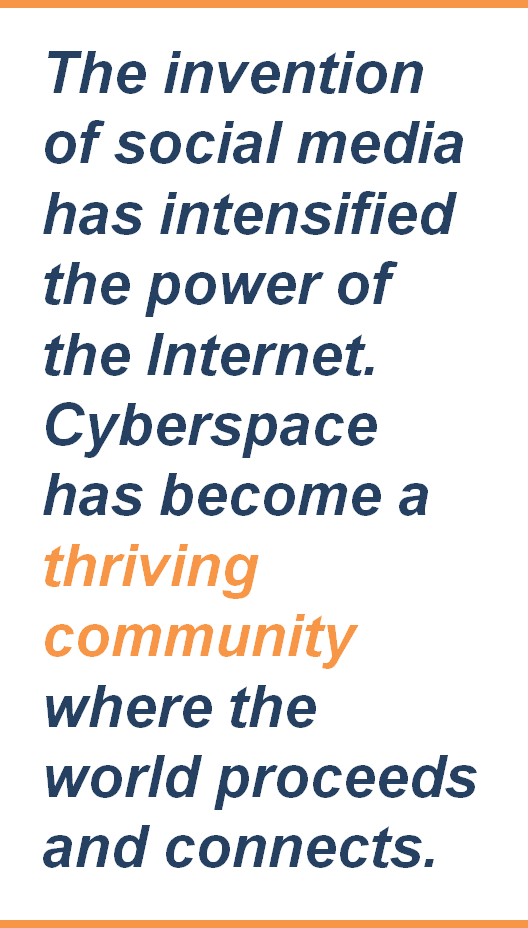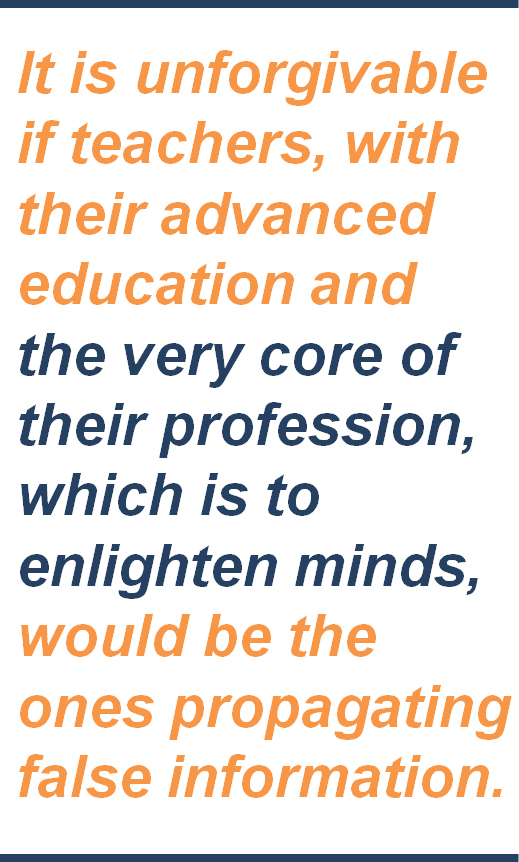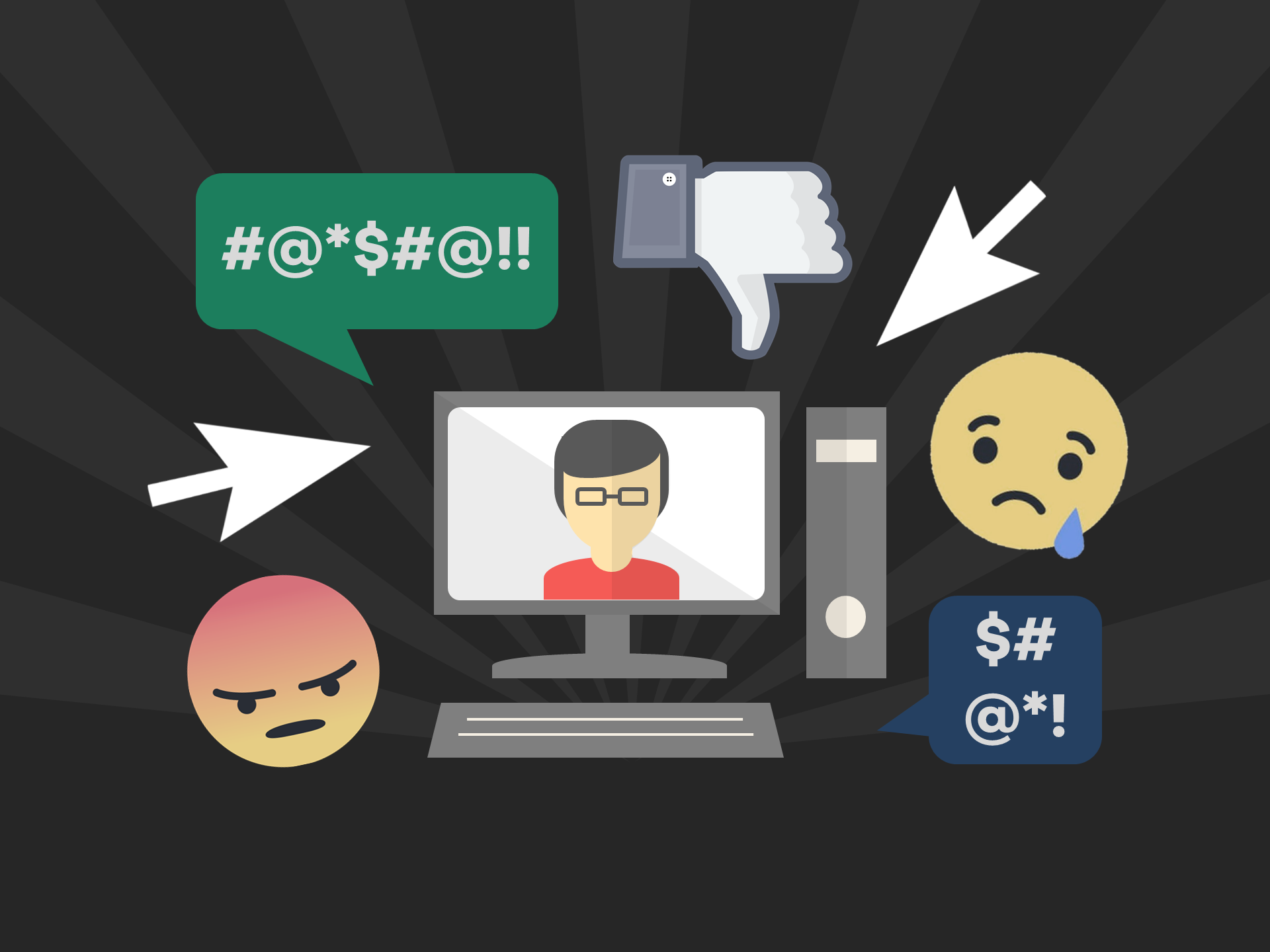Fact-Checking 101: Why Quality
Teachers Must Verify Information

“If you steal from one author it's plagiarism; if you steal from many, it's research.”
- Wilson Mizner, American writer and actor (1876 – 1933)
Social media has redefined our lives in the last decade.
Not so long ago, we depended on mainstream media as primary sources of information. We subscribed to a daily newspaper to update us on the current events; we tuned in to music television or FM radios for the latest songs of our favorite artists; the entertainment industry was the only avenue to discover new talents and gain popularity; and calls and texts were the primary means to connect with loved ones or even new friends.
The invention of social media has intensified the power of the Internet. The creation of smartphones with their complex capabilities, such as serving as a handy computer and enabling live broadcast or supporting face-to-face interaction, has even perpetuated such power. The rise of social media platforms, such as Facebook (2004), Multiply (2004), Twitter (2006), Instagram (2010), Friendster (2011), Snapchat (2011), and many others, has impacted on almost all fields, industries, cultures, and lives. Cyberspace has become a thriving community where the world proceeds and connects. In fact, social media has empowered practically anybody. Information is not anymore monopolized by giant companies whose business is to create and disseminate information; anyone now who has a smartphone and Wi-Fi connectivity may be an information source and can penetrate the psyche of the hundreds of millions of people across the globe.

While it is commendable that there are responsible netizens who use social media as a platform to showcase their talents, to share a work of art or a scientific discovery, to advocate for a cause or to call for positive action, and to connect to people and build relationships, there are also unscrupulous users who abuse social media for fame and money-making. These include groups who are behind accounts that disseminate false news or information that may shock, awe, or amaze for the purpose of attracting more followers but are actually just after that – the traffic that they may create to entice advertisers or to lure people who may want to take advantage of their popularity to advance an interest for a fee.
During the 2016 US presidential elections, for example, a viral post of The Simpsons predicting the presidency of Donald Trump went viral. The first photo taken from the episode ‘Bart to the Future’ broadcast in early 2000 showed President Trump standing on a podium and delivering a speech. The photo is factual and it is indeed astonishing because who would have thought that something meant to be a humorous scene would end up being real sixteen years after. However, a second photo showing President Trump descending on an escalator waving to his supporters purportedly taken from the 2000 broadcast and a parallel photo of the real Trump descending on an escalator waving to his supporters in 2016 is fake. While many were flabbergasted by the seemingly prophetic view of The Simpsons, it was found out upon checking that the scene was actually shown in a 2016 episode, after Trump declared his presidency, not in 2000 as projected by the source. This is just one of the countless posts surfaced through social media that were made viral and perceived as truth.
Basic scholarship would call for checking the veracity of an information before it is communicated. Teachers are scholars. It is unforgivable if teachers, with their advanced education and the very core of their profession—which is to enlighten minds, would be the ones propagating false information. Bill Adair, founder of the Pulitzer-winning website Politifact supports this when he said that “the information age is… wonderful for the breadth of information that people receive, but it’s also a time when people need to sort out what’s true and what’s not (2015)”.
Before you click that share icon or to incorporate a post into your lesson, follow these simple steps on how to fact-check an information.
1. Check the source of information. CNN, BBC, Time, Forbes, Inquirer, ABS-CBN, GMA and other established online news portals would have stronger credibility compared to blog sites and less-known websites or online portals. News organizations follow journalistic ethics, which include checking the veracity of information, which helps in ensuring reliability of information.
2. Authenticate the personality or organization. Another way of ensuring genuineness of a source is by looking at its label. For instance, Facebook puts a blue check icon while Twitter puts a similar badge with a check mark on the accounts of important persons or organizations they have verified.
2. Authenticate the personality or organization. Another way of ensuring genuineness of a source is by looking at its label. For instance, Facebook puts a blue check icon while Twitter puts a similar badge with a check mark on the accounts of important persons or organizations they have verified.

3. Verify the information. If you have read in social media that a certain celebrity has died or that there will be this certain cataclysmic event in the cosmos on this date, check with other sources if such information is indeed true. News organizations mentioned in Tip No. 1 would likely pick up the news, which will validate the info. You may also check from the official website or verified account of the concerned personality, organization or agency; credible reference materials whether print or online; and journals. If you find the info just on not-so-known blogs or websites, it may be a hoax.
4. Use fact-checking sites. Duke University in the US has established a website, called the Reporter’s Lab that maintains a database of fact-checking sites. Snopes is another website dedicated to checking whether viral posts in the Internet are indeed accurate by doing further research or cross-referencing.
Fact-checking will require extra effort, which to some, may be tedious. But a quality teacher is one who always ensures that the information he shares is not only meaningful, substantial, and relevant but first and foremost, true, accurate, and reliable.





